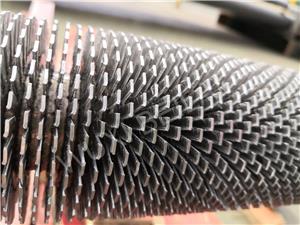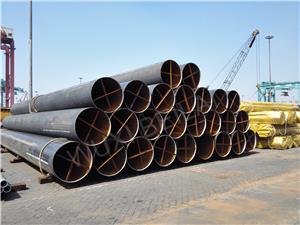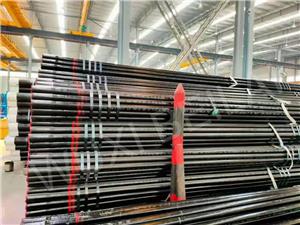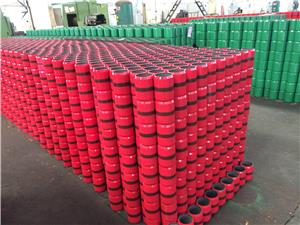Boiler Tube Manufacturing Process: From Raw Steel to Finished Pipe
As a trusted Boiler Tube supplier, BEILAI Group is committed to delivering high-performance tubes that meet the stringent standards of power plants, refineries, and industrial boiler systems. The quality and durability of a Boiler Tube begin with its manufacturing process. In this article, we take you inside the full Boiler Tube production journey—from raw steel selection to final testing and delivery.
1. Raw Material Selection: The Foundation of Quality
The manufacturing of a Boiler Tube begins with the selection of high-quality raw steel billets or coils. Depending on the type of Boiler Tube—seamless or welded—different steel grades are chosen:
Carbon Steel: Suitable for moderate-pressure boiler systems.
Alloy Steel: Designed for high-pressure and high-temperature applications.
Stainless Steel: Ideal for corrosion-prone environments.
BEILAI strictly inspects the chemical composition, surface quality, and internal integrity of all incoming steel to ensure compliance with international standards.
2. Heating and Piercing (For Seamless Boiler Tubes)
For seamless Boiler Tube production, the steel billet is first heated in a rotary furnace to 1200°C. It is then pierced using a cross-roll piercing mill to create a hollow shell. This initial forming process ensures a uniform internal diameter, crucial for boiler system efficiency and safety.
3. Rolling and Elongation
The hollow shell undergoes further processing in an elongator or mandrel mill, which reduces wall thickness and elongates the tube to the desired length. Precision controls maintain tight dimensional tolerances throughout the Boiler Tube.
For welded Boiler Tubes, steel coils are uncoiled, flattened, and passed through forming rolls to create a circular shape. The tube edges are then welded using Electric Resistance Welding (ERW) or Submerged Arc Welding (SAW).
4. Heat Treatment
After shaping, the Boiler Tube must undergo heat treatment to relieve internal stresses and enhance mechanical properties. Common processes include:
Annealing: Improves ductility and toughness.
Normalizing: Refines grain structure.
Quenching and Tempering: Boosts strength and wear resistance.
BEILAI uses controlled-atmosphere furnaces to ensure uniform heating and cooling, essential for reliable Boiler Tube performance under extreme conditions.
5. Straightening and Sizing
Next, the tubes are straightened and passed through sizing mills to achieve the required outer diameter. Dimensional accuracy is crucial for proper assembly and sealing within boiler systems.
6. Surface Treatment
Surface defects and oxide scales are removed through pickling or shot blasting. For stainless steel Boiler Tubes, passivation is applied to improve corrosion resistance. A clean, smooth surface reduces fouling and enhances heat transfer efficiency.
7. Non-Destructive Testing (NDT)
Each Boiler Tube must pass a series of rigorous tests before being approved for delivery:
Ultrasonic Testing (UT): Detects internal defects.
Eddy Current Testing (ECT): Evaluates surface integrity.
Hydrostatic Testing: Verifies pressure resistance.
Visual Inspection: Ensures surface quality and dimensional conformity.
BEILAI adheres to global quality standards including ASTM, ASME, DIN, and EN.
8. Cutting, End Finishing, and Packaging
The Boiler Tube is cut to customer-specified lengths and the ends are beveled, threaded, or plain as required. Final products are bundled, labeled, and packaged with rust-proof wrapping to ensure safe transportation.
The Boiler Tube manufacturing process is a combination of precision engineering, metallurgy, and strict quality control. At BEILAI Group, every Boiler Tube we produce goes through these meticulous steps to ensure superior performance, safety, and longevity. Whether it’s a seamless or welded Boiler Tube, we deliver solutions that exceed expectations.
If you're looking for a reliable Boiler Tube supplier, BEILAI is ready to support your project with quality you can count on.




